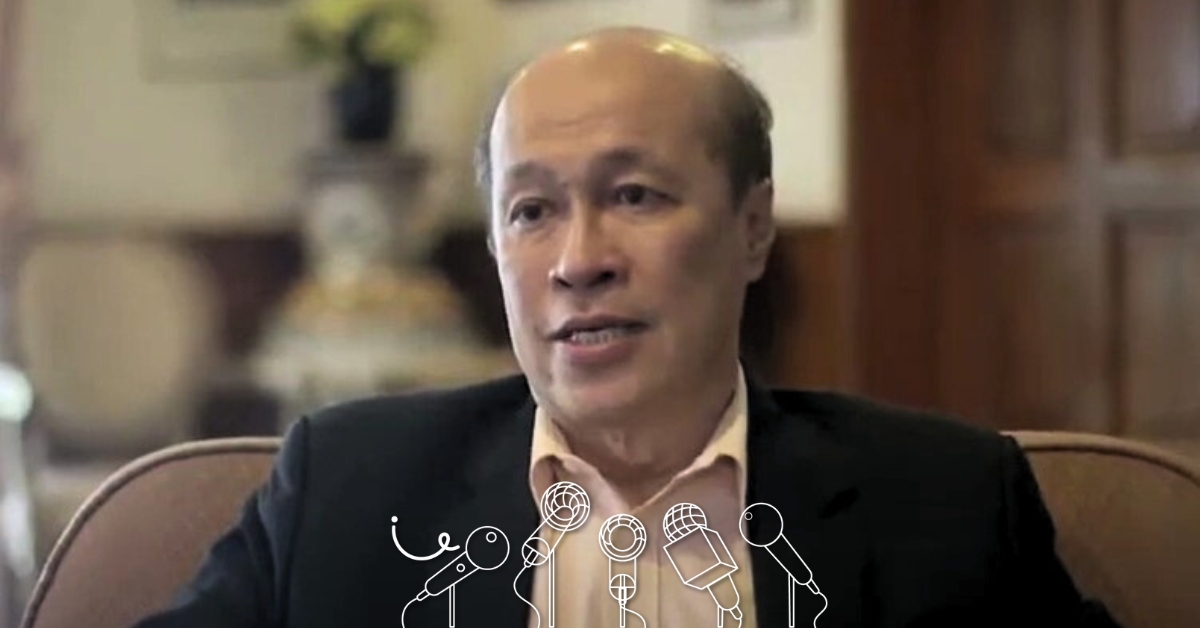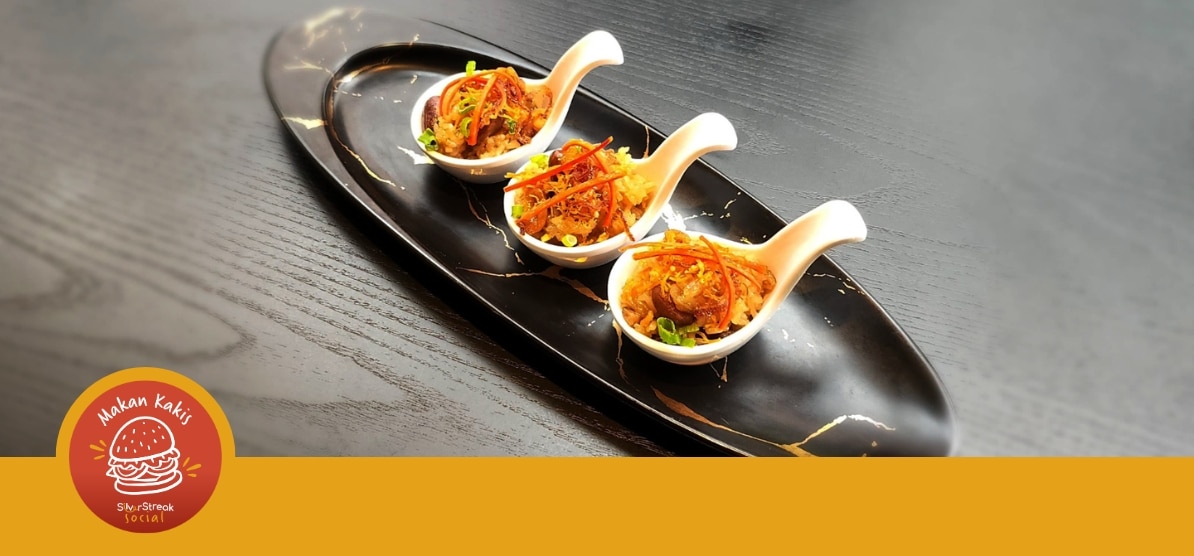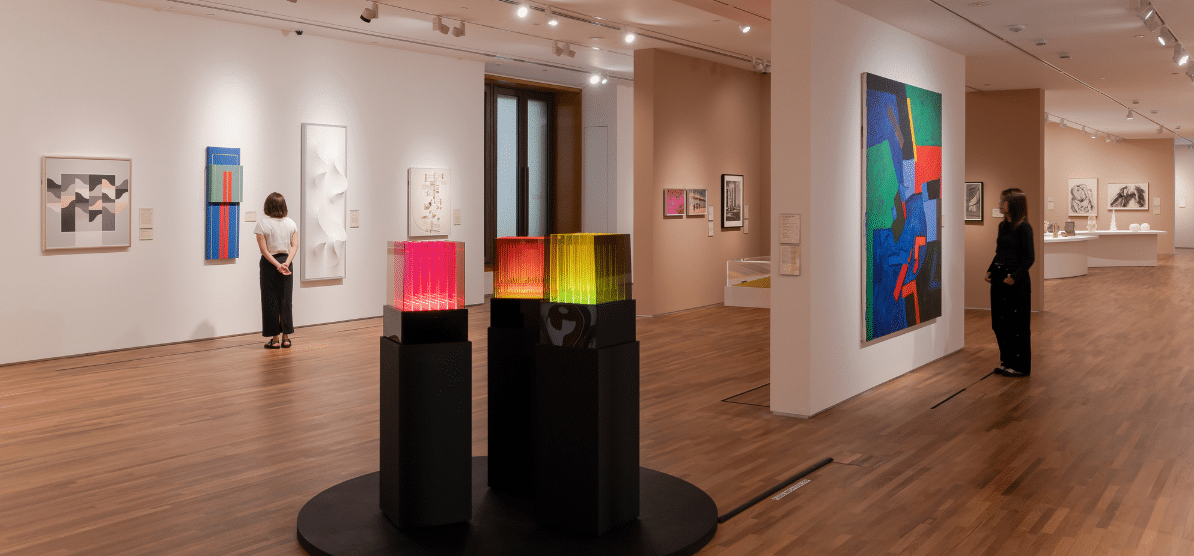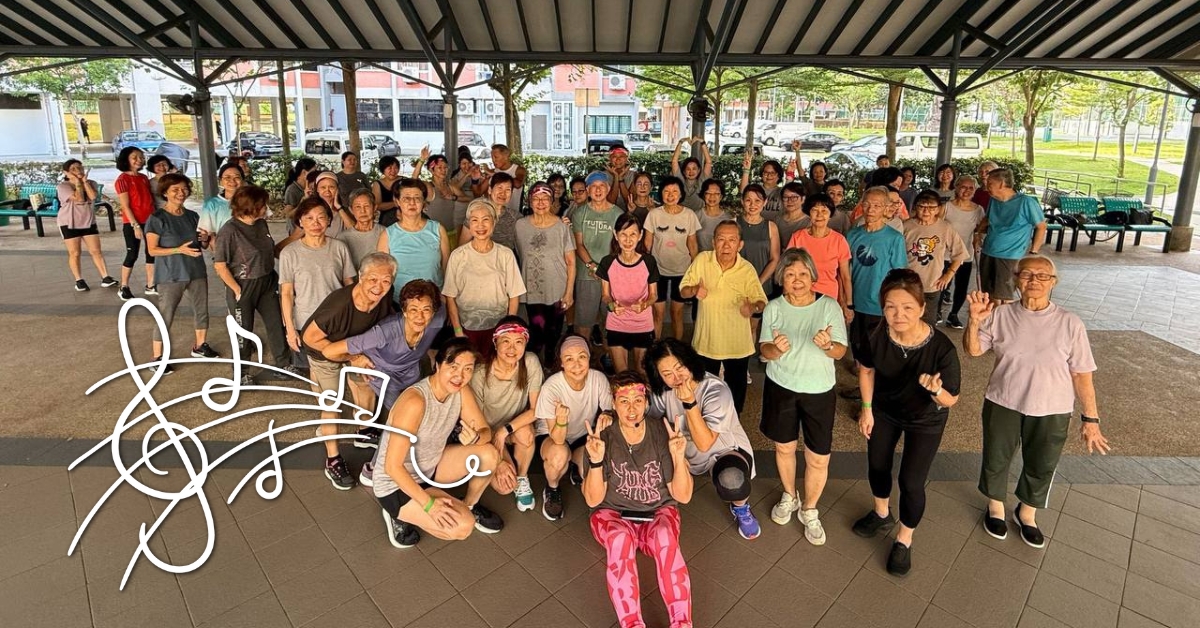
By Jess Poh.
Every Saturday morning, 61-year-old Christine Chok wakes up and slips into Barbie pink leggings. She completes the outfit with matching shoes, a baggy Yungblud t-shirt and a sweat-wicking headband – it’s Zumba time.
The silver heads to her neighbourhood community centre, where the rhythmic beat of lively K-pop music fills the air.
There, she leads fellow seniors through a series of simple, energetic dance moves — swaying arms, kicking feet, and shaking their hips — all while working up a sweat.
It’s a far cry from her days dealing with chronic leg pain, which she says resulted from a sedentary work life sitting for long hours in the office.
Back then, even daily activities like walking down a flight of stairs were a painful slog for Christine. You’d have never expected her to end up as a Zumba instructor leading weekly classes almost 50-strong.
Advertisement
From pain to passion
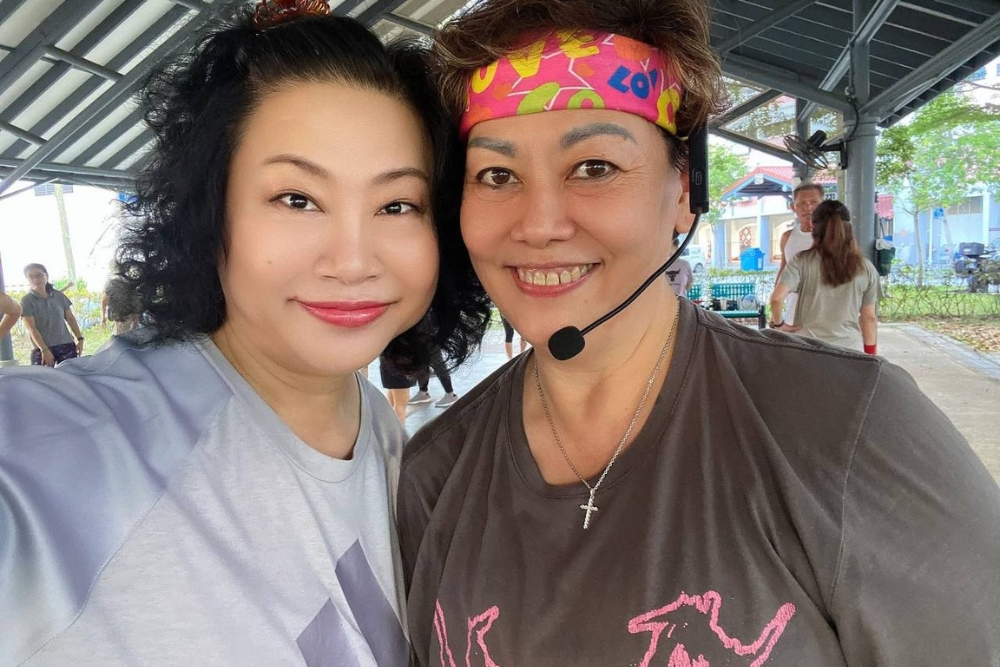
Credit: Christine Chok
Christine discovered Zumba — a popular dance fitness programme pioneered by a Colombian dancer in 2001 which later blossomed into an international sensation — almost a decade ago.
While walking home one day, she stumbled into a group of neighbours, dancing to upbeat tunes in the greenery of a local park. Even then, what struck her first was the energy of the dancers, swishing and sashaying with the grace of youthful ease.
The silver decided to give it a go. The next time the troupe met, she hopped along. Learning the dance moves wasn’t a problem, she says, as they were approachable enough even for complete beginners.
More importantly, she could sway at her own pace, inadvertently strengthening the muscles in her legs and lower back without it feeling like too strenuous of a workout. What began as a way to join her friends quickly turned into something much more.
Over successive sessions, Christine noticed improvements in her health. Her leg pain — which was once severe enough for her to limit her own movements — had almost entirely disappeared. Her stamina improved too – she could now complete her daily chores without breaking a sweat.
Beyond physical benefits, the class also became a place for her to build meaningful connections with her community.
I looked forward to my Zumba classes every week. It brought joy and energy back into my life – I felt great after each workout, and made some exercise buddies too!
She says,
Zumba instructor at age 55
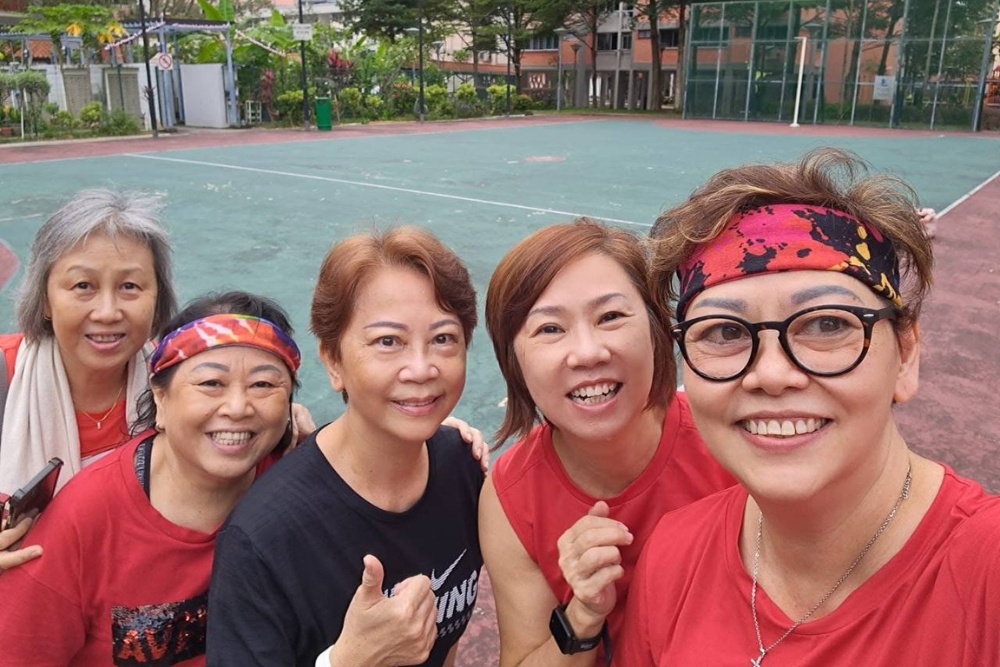
Credit: Christine Chok
Christine’s passion for Zumba only grew over time. After months of taking classes and experiencing the positive changes it made in her life, she decided to become an instructor. Since the age of 55, she has led three Zumba classes weekly, managing groups of up to 50 seniors.
Her goal? To give back to the community that supported her and help silvers discover the power of dance.
Zumba is more than just a workout. It is a fun and social experience designed for everyone that improves strength, balance and flexibility.
She says,
Many silvers initially think exercising is not for them, but Zumba is a low-impact workout that helps improve hand-eye coordination and cognitive function. This is especially beneficial for silvers with lower concentration levels or memory loss. Zumba targets many of our muscle groups, improves our mobility and boosts our heart health,
she adds.
Indeed, a study conducted on 65 sedentary middle-aged women showed that Zumba-style dance fitness classes can significantly improve vitality, ability to do tasks without being limited by physical health, and mental health within just 16 weeks.
Social workouts
Christine is now on her sixth year as a Zumba instructor, with no plans of slowing down anytime soon.
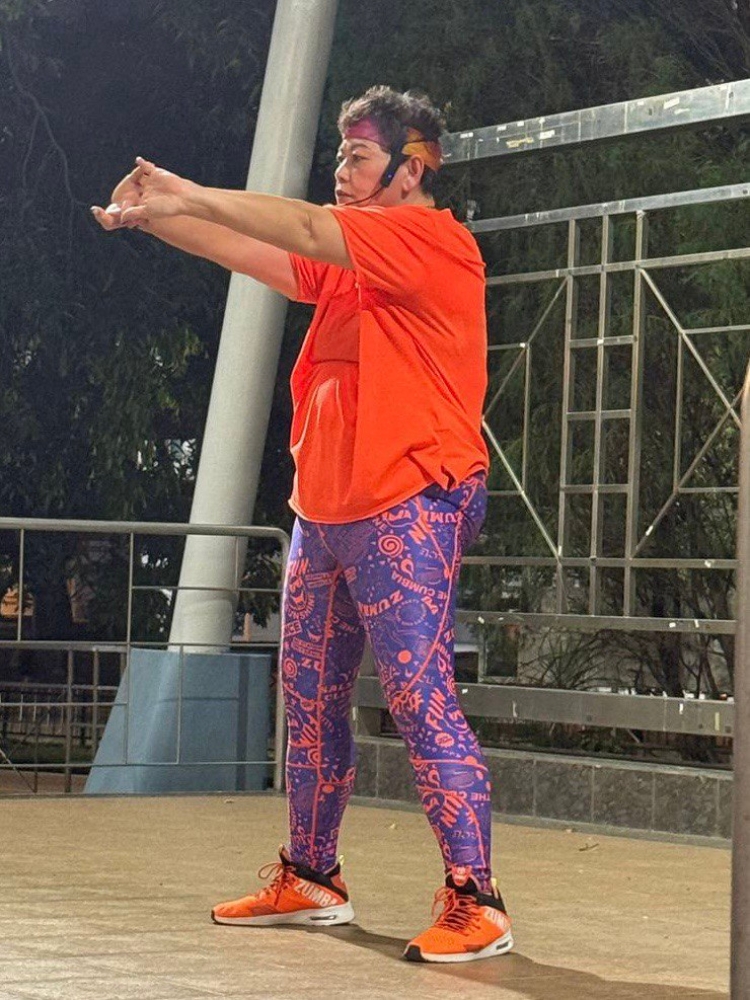
Many of my silver participants reported significant improvements in their energy levels, stamina and mood. They have better balance and coordination in daily activities, and some have lost weight. The social interaction of this activity makes them interested in participating in my classes weekly, and some join my other classes of the week as well.
She says,
The Health Promotion Board’s (HPB) National Physical Activity Guidelines recommend 150 minutes a week of moderate-intensity activity, such as brisk walking, or 75 minutes of vigorous aerobic activity, like jogging, for silvers.
Staying active isn't just about physical movement or exercising – it is about being mentally engaged and socially connected. When we keep our mind and body active, overall health follows.
Dr Koh M.L, a general practitioner who declined to give his full name for this piece, says,
More important is the independence that comes with physical and mental health, he adds, allowing seniors to age gracefully in the way they choose.
Zumba: A cheap alternative to medicine?
Getting active with accessible, affordable, and sustainable options like Zumba is a great way to support long-term health. These fun and engaging hour-long workouts could be powerful tools for extending Singaporeans’ health spans, working in lieu of medicine and other costly interventions to reduce the average 10-year period of ill health before our final farewell.
There is a saying that the legs are the second heart. Being active through movement helps keep your heart healthy. Regularly exercising strengthens the body and sharpens the mind. From there, the frequency of doctor visits will reduce, and so will the medications.
Dr Koh adds,
Apart from bumping into your neighbours at nearby parks, seniors looking to join a Zumba group can probably find one at the local community centre. Free classes can also be found on HPB’s Healthy 365 app, advises Christine.
There are many classes to choose from. There is Zumba Gold, a class specifically designed for older adults. It features lower-impact movements and modifications to suit various fitness levels,
she says.



